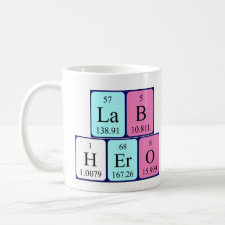
Authors: Chen SF, Chen XQ, Zhang LJ, Gao JJ, Ma Q
Article Title: Electrochemiluminescence Detection of Escherichia coli O157:H7 Based on a Novel Polydopamine Surface Imprinted Polymer Biosensor.
Publication date: 2017
Journal: ACS Applied Materials & Interfaces
Volume: 9
Issue: (6)
Page numbers: 5430-5436.
DOI: 10.1021/acsami.6b12455
Abstract: In this paper, a facilely prepared electrochemiluminescence (ECL) biosensor was developed for Escherichia coli O157:H7 quantitative detection based on a polydopamine (PDA) surface imprinted polymer (SIP) and nitrogen-doped graphene quantum dots (N-GQDs). N-GQDs with a high quantum yield of 43.2% were synthesized. The uniform PDA SIP film for E. coli O157:H7 was established successfully with a facile route. The dopamine and target bacteria were electropolymerized directly on the electrode. After removal of the E. coli O157:H7 template, the established PDA SIP can selectively recognize E. coli O157:H7. Accordingly, E. coli O157:H7 polyclonal antibody (pAb) was labeled with N-GQDs. The bioconjugation of SIP-E. coli O157:H7/pAb-N-GQDs can generate intensive ECL irradiation with K2S2O8. As a result, E. coli O157:H7 was detected with the ECL sensing system. Under optimal conditions, the linear relationships between the ECL intensity and E. coli O157:H7 concentration were obtained from 101 colony-forming units (CFU) mL-1 to 107 CFU mL-1 with a limit of detection of 8 CFU mL-1. The biosensor based on this SIP film was applied in water sample detection successfully. The N-GQD-based ECL analytical method for E. coli O157:H7 was reported for the first time. The sensing system had high selectivity to the target analyte, provided new opportunities for use, and increased the rate of disease diagnosis and treatment and the prevention of pathogens
Template and target information: Escherichia coli O157:H7, E. coli O157:H7
Author keywords: E.coli O157:H7, Electrochemiluminescence, electropolymerization, nitrogen-doped graphene quantum dot, Surface imprinted polymer



Join the Society for Molecular Imprinting

New items RSS feed
Sign-up for e-mail updates:
Choose between receiving an occasional newsletter or more frequent e-mail alerts.
Click here to go to the sign-up page.
Is your name elemental or peptidic? Enter your name and find out by clicking either of the buttons below!
Other products you may like:
 MIPdatabase
MIPdatabase









